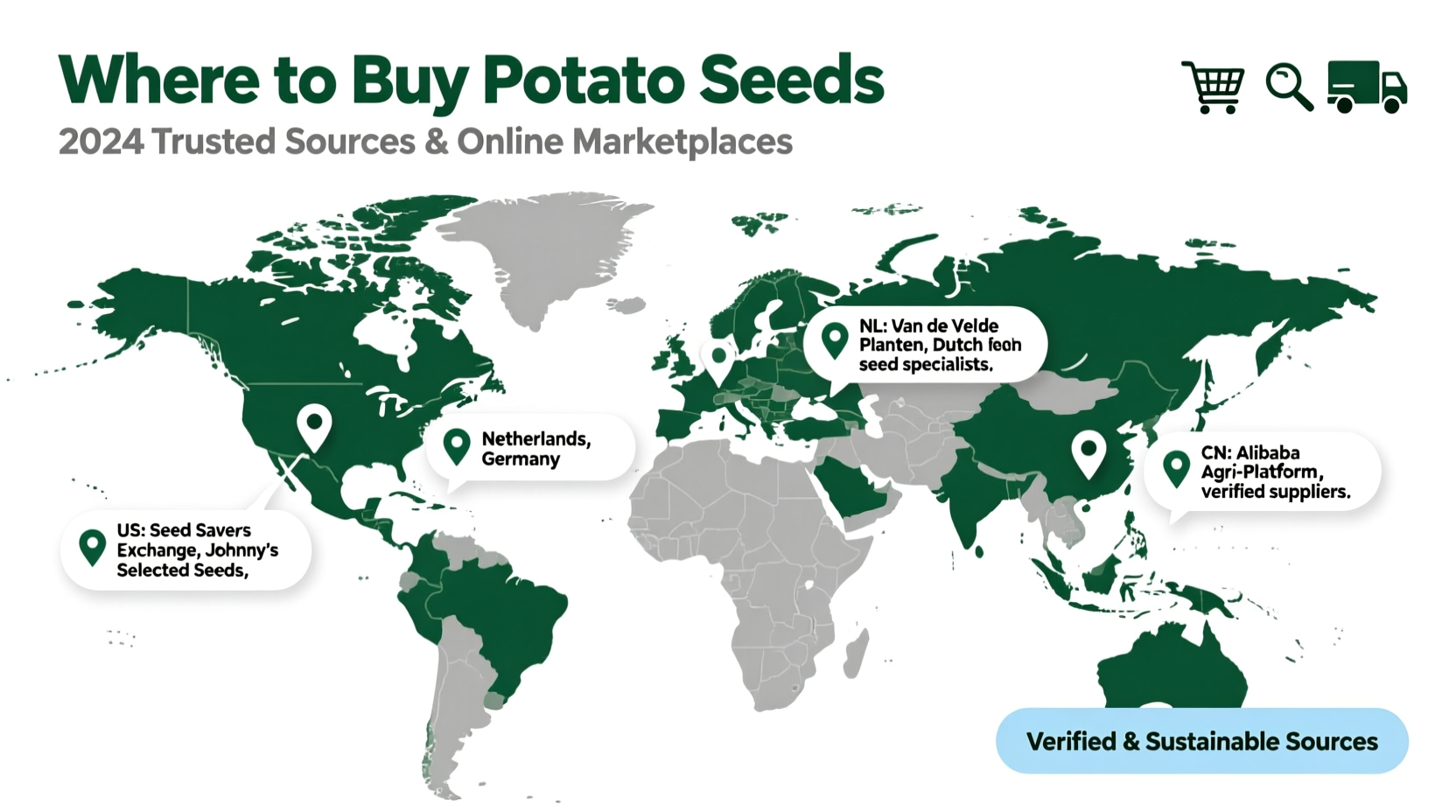Understanding Potato Propagation: Why It's Not Actually Seeds
Before exploring where to purchase, it's crucial to understand that potatoes aren't grown from traditional seeds. What gardeners call "potato seeds" are actually certified seed potatoes—disease-free tubers specifically grown for planting. Using grocery store potatoes often leads to crop failure due to:
- Chemical sprout inhibitors preventing growth
- Unknown disease exposure
- Poor genetic suitability for your climate

Your Potato Purchasing Journey: From Research to Planting
Step 1: Researching Reputable Sources (Where to Start Your Search)
Begin your search with these verified channels that meet agricultural standards for seed potato distribution:
| Source Type | Best For | When to Purchase | Verification Method |
|---|---|---|---|
| Certified agricultural suppliers | Commercial growers, disease prevention | January-March (varies by zone) | Check for state department of agriculture certification |
| University extension offices | Region-specific varieties, beginners | February-April | Official .edu website verification |
| Specialty online retailers | Rare varieties, convenience | Year-round (order 6-8 weeks pre-planting) | BBB rating, customer reviews, USDA compliance |
Step 2: Evaluating Quality and Certification (What to Look For)
Not all "seed potatoes" are created equal. The USDA Seed Certification program ensures tubers meet strict quality standards. When purchasing, verify these critical elements:
- Certification tags - Look for official state department of agriculture certification
- Variety specificity - Russet Burbank, Yukon Gold, etc., not just "potatoes"
- Disease resistance claims - Should specify resistance to common pathogens like PVY or late blight
- Storage conditions - Properly stored tubers show firm texture and visible "eyes"
According to the University of Minnesota Extension, certified seed potatoes yield 30-50% more than non-certified alternatives and significantly reduce disease transmission risks in home gardens.
Step 3: Regional Availability Guide (Finding Local Options)
Your location dramatically impacts purchasing options and timing. The USDA National Agricultural Statistics Service tracks regional potato production patterns that affect seed availability:
- Northern states (Zone 3-5): Best sources are university extension offices (February-April)
- Southern states (Zone 6-8): Local nurseries carry varieties suited for shorter growing seasons (December-February)
- Western regions: Specialty retailers often carry drought-tolerant varieties
- Canada: Agriculture and Agri-Food Canada maintains certified seed potato distributors by province
Step 4: Avoiding Common Purchasing Mistakes
Based on Penn State Extension data, these purchasing errors cause the most home garden failures:
- Mistake: Using grocery store potatoes as "seeds"
Solution: Only use certified seed potatoes with documented disease resistance - Mistake: Buying too early and improper storage
Solution: Order 4-6 weeks before planting date; store at 45-50°F with moderate humidity - Mistake: Ignoring regional variety recommendations
Solution: Consult your local cooperative extension office for climate-appropriate varieties
Step 5: Preparing for Planting Success
Purchasing is just the beginning. The Royal Horticultural Society recommends these post-purchase steps for optimal results:
- Chitting (pre-sprouting): Place seed potatoes in egg cartons, eyes up, in bright indirect light for 2-4 weeks
- Soil preparation: Amend with organic matter to achieve loose, well-draining soil
- Planting timing: 2-4 weeks before last frost date when soil reaches 45°F
- Spacing: Plant 12-15 inches apart in rows 30-36 inches apart
Remember that seed potatoes are a perishable agricultural product. Unlike where to buy potato tubers for eating, seed potatoes require specific handling and timing considerations that directly impact your harvest success.











 浙公网安备
33010002000092号
浙公网安备
33010002000092号 浙B2-20120091-4
浙B2-20120091-4